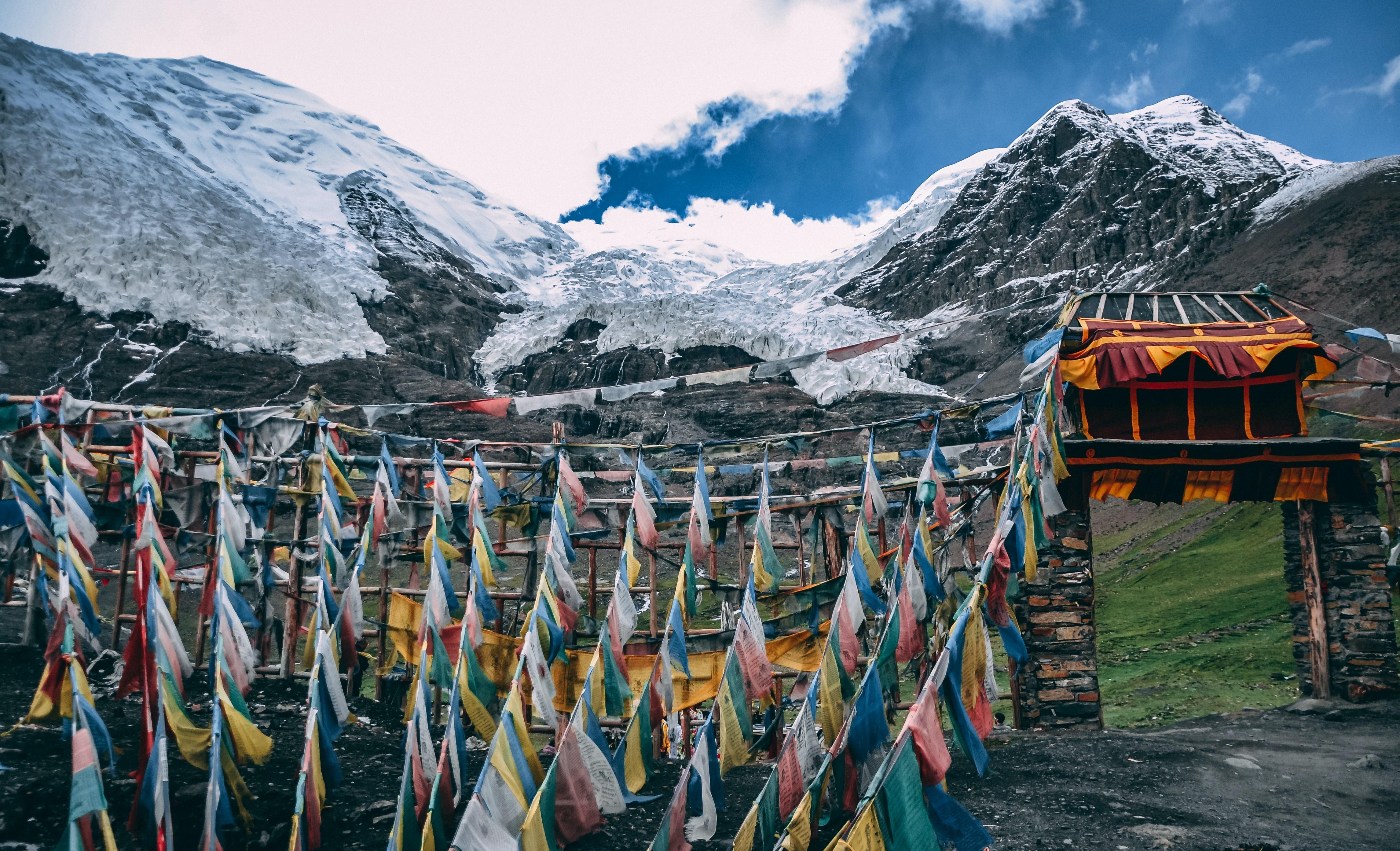
The Tibet plateau has a long association with India from ancient times. Descendants of Tibetan tribes came and settled in parts of north India centuries ago, like the Kinnauri-speaking people of Himachal Pradesh. We shared trade and other cultural ties with Tibet for hundreds of years.
However, that changed after China annexed Tibet in 1950-51.
Since then, China not only persecuted Tibetans, but also tried to change their way of life and culture through brutal force and Hanification/Sinicization of Tibet. Hundreds of thousands of Tibetans have since died or went missing involuntarily. Many others fled to countries across the world. India had been the biggest recipient of Tibetan refugees among all countries.
Jawaharlal Nehru welcomed the 14th Dalai Lama, Tenzin Gyatso, the spiritual head and leader of the Tibetan people, who fled Tibet in 1959 as a young man, and allowed him to set up – what is known as – the “Tibetan Government in Exile”.
The annexation of Tibet, which served as a buffer between India and China, brought the dragon right at our doorstep. With Tibet under China’s control, Beijing claimed parts of India that it perceived to be Tibetan territory as its own. It rejected the McMahon line as the border between the two countries and even fought a border war with India in 1962, in which it captured several thousand square kilometres of Indian territory.
The border between the two countries is still disputed and is now called the line of actual control, or the LAC.
Since then, China has heavily militarized Tibet. Observers believe that China has even deployed nuclear weapons in the region targeting India. Now, it is emerging that China may be threatening India with weather manipulation – by seeding clouds.
Tibet is not merely a high-altitude plateau across the Himalayas but a location from where the controlling nation can rule Asia in near future. Scholars say, “He who holds Tibet dominates the ‘Himalayan Piedmont’, he who dominates the Himalayan Piedmont threatens the Indian subcontinent and may have all of South Asia within his reach, and with that all of Asia.”
Historically, “weather as a weapon” is a term coined during the Vietnam War when the United States during its “Operation Popeye” tried to manipulate seasonal rains. In this military cloud-seeding programme, the US sought to extend the monsoon season to flood the supply routes of the “Ho Chi Minh Trail”, which was used by the opposition belligerents in war.
How and why Tibet is pivotal for India and why should India be concerned about China’s weather-related activities in the region?
Arunachal Pradesh and Assam have suffered heavy and flash floods due to suspected Chinese interference in the natural water system in Tibet despite no massive rainfall. Moreover, China didn’t share hydrological data with India on two major transboundary rivers – Brahmaputra in the northeast and Sutlej in the north – despite having signed a memorandum of understanding, in 2013, for sharing information on transboundary rivers, including both the rivers.
China’s shady activities in Tibet and its attitude to keep others in dark by not sharing data is a big concern for its neighbouring down-river countries, like India. China also launched a weather-controlling machine, in 2018, with the intention to modify the weather in an area similar to the size of Alaska. The system, which is owned by China Aerospace Science and Technology Corporation, is challenging Indian scientists.
Strategic analysts, who are informed on the subject, told the India Sentinels that the aim of this massive project is to increase rainfall across the Tibet plateau. They say the implementation of the project, which will include a network of fuel-burning chambers installed high in the mountains, may help increase in rainfall in the region by up to 10 billion cubic metre a year, or about 7 per cent of China’s total water consumption.
Scientifically, the chambers installed permanently, will burn solid fuel to produce silver iodide – a cloud-seeding agent – along the steep mountains in Tibet that face the moist monsoon from South Asia, so whenever the wind hits the mountains, it will produce an upward air currents and sweep the particles into clouds to induce rain and snow in the region.
The installation of permanent chambers in the plateau will lead to weather modification and thus have severe impact on India, especially the bordering states – Arunachal Pradesh, Sikkim, Uttarakhand and Himachal Pradesh and the Union territory of Ladakh.
China has already deployed more than 500 burners on mountain slopes in Tibet and Xinjiang.
It is important to mention that China may be violating an international treaty by doing this. Manipulating weather in wartime led to the ban of weather control or modification for military and hostile purposes. In 1976, the United Nations passed the Convention on the Prohibition of Military or any other Hostile Use of Environmental Modification Techniques (ENMOD convention).
There is historical evidence of weather being used as a weapon in warfare. India, therefore, can’t afford to ignore the dragon’s weather-modification activities in the Tibetan plateau. If it can’t stop Beijing, it has to act quickly to develop its own technology to counter or weaken China’s rapidly developing weather-war capabilities.










